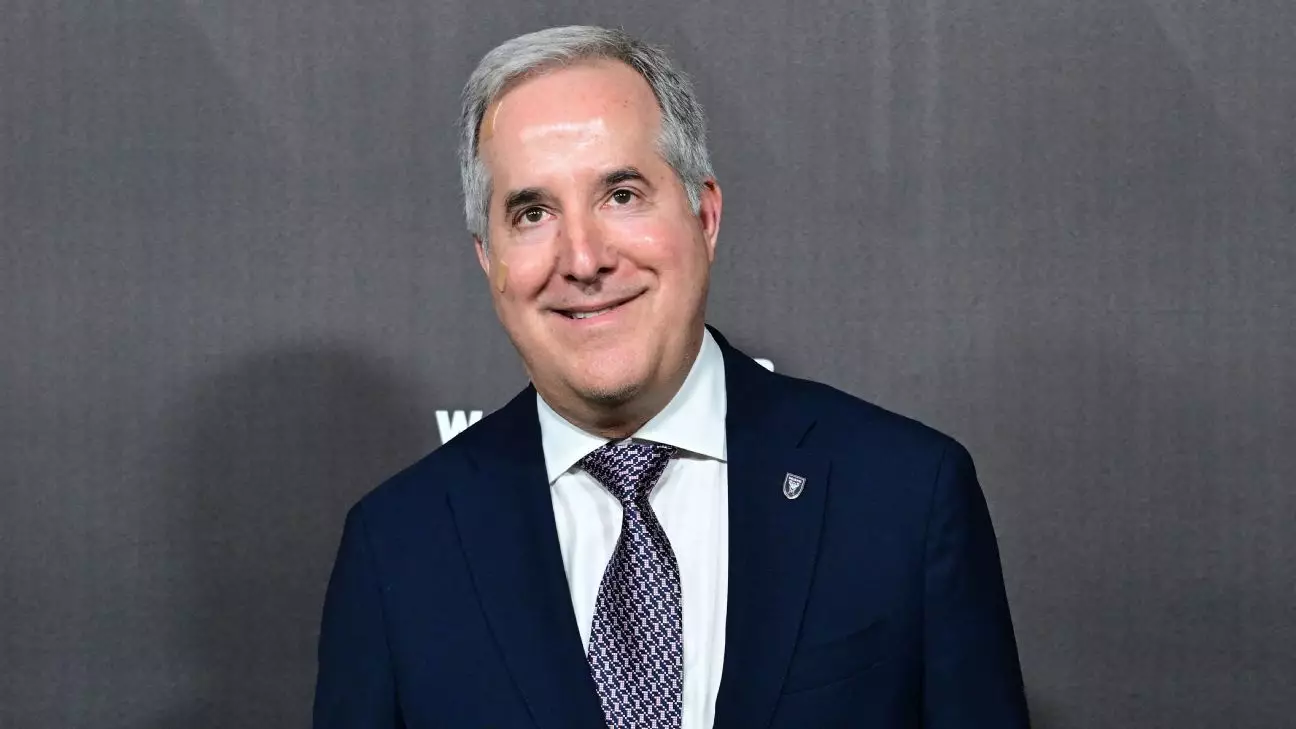Major League Soccer (MLS) has recently ignited a crucial conversation concerning its alignment with the international soccer calendar. Jorge Mas, the co-owner of Inter Miami, boldly claimed that he anticipates substantial progress on this front during the upcoming summer meetings. Moving from a February to November calendar to a fall/spring model could mark a transformative shift for MLS, providing opportunities to compete more effectively on the global stage. The current structure not only places MLS on a different timeline than international leagues but also constrains its clubs’ ability to participate robustly in the global transfer market.
This misalignment directly affects the league’s competitive edge. For example, while European leagues are bustling with transfer activity during the summer months, MLS teams find themselves in the midst of their regular season, hampering strategic roster movements. Aligning the MLS schedule with the FIFA calendar is not merely a logistical shift; it represents an opportunity for MLS to elevate itself in the eyes of international players and fans alike.
The Opportunity of Transfer Windows
Mas’s assertion that aligning with the FIFA calendar would allow MLS clubs to engage more dynamically in the transfer market is an important one. Under the current structure, the primary transfer window in MLS operates predominantly during a pre-season period that does not correspond with when many potential stars may be available in Europe. The situation presents a significant disadvantage, essentially locking MLS teams out of potential recruitment opportunities during a crucial time in the international soccer schedule.
By adjusting this window, not only can MLS clubs bring in fresh talent much more smoothly from overseas, but they can also prepare for outgoing transfers. This translates to better roster management, widening the league’s appeal and capacity to secure higher-caliber players. Clubs would have the chance to attract talent that strategically fits into their summer recruitment plans, subsequently raising the level of competition within the league.
Flexibility and Depth: Keys to Success
Beyond calendar alignment, another central theme in Jorge Mas’s vision is roster flexibility. Current regulations limit teams to relatively small rosters, which becomes a critical point of contention when pitching their capabilities against clubs from stronger leagues worldwide. As was pointed out by former manager Gerardo “Tata” Martino and current coach Javier Mascherano, this depth is often what defines the performance gap in international competitions.
Mas emphasized that the differentiating factor in MLS’s competitiveness isn’t always the starting lineup but the impact players that come off the bench. Expanding rosters would provide teams with the necessary depth to withstand the rigors of both domestic league play and international tournaments, which can be demanding and unforgiving. The capability to field more players allows teams to incorporate rotational strategies, reducing fatigue, avoiding injuries, and enabling clubs to challenge top-tier teams more effectively.
Ready for International Challenges
Inter Miami’s upcoming participation in the 2025 Club World Cup already illustrates these challenges. The Herons are set to compete against formidable teams like Egypt’s Al Ahly and Portugal’s FC Porto, both of whom boast deep and talented rosters. This upcoming tournament is an opportunity for MLS to showcase its growth and ambitions on a global stage, but it also casts a spotlight on existing limitations regarding team depth.
With aspirations to progress beyond the group stage, Inter Miami faces the dual challenge of proving they can hold their own against illustrious clubs while navigating the current roster restrictions imposed by league regulations. The stakes could not be higher, as they not only represent their city but also stand as a symbol of the league’s quest for legitimacy and respect within the global soccer community.
The Road Ahead for MLS and Inter Miami
As discussions continue regarding calendar alignment and flexibility in roster management, it is crucial for MLS to embrace these changes. Doing so may well be the platform needed to launch the league into a new era—one where it can attract top talent, engage actively in global competitions, and compete on equal footing with high-profile leagues worldwide.
Jorge Mas’s insights are part of a broader dialogue within MLS about its future. The potential transition to an international calendar and increased roster flexibility can pave the way for making MLS not just a domestic favorite but also a player on the world stage. As clubs like Inter Miami aim for greater heights, the decisions made in the coming months could define the trajectory of American soccer for years to come. The excitement lies in the possibilities these changes might usher—proving that American soccer is indeed ready for the global spotlight.

